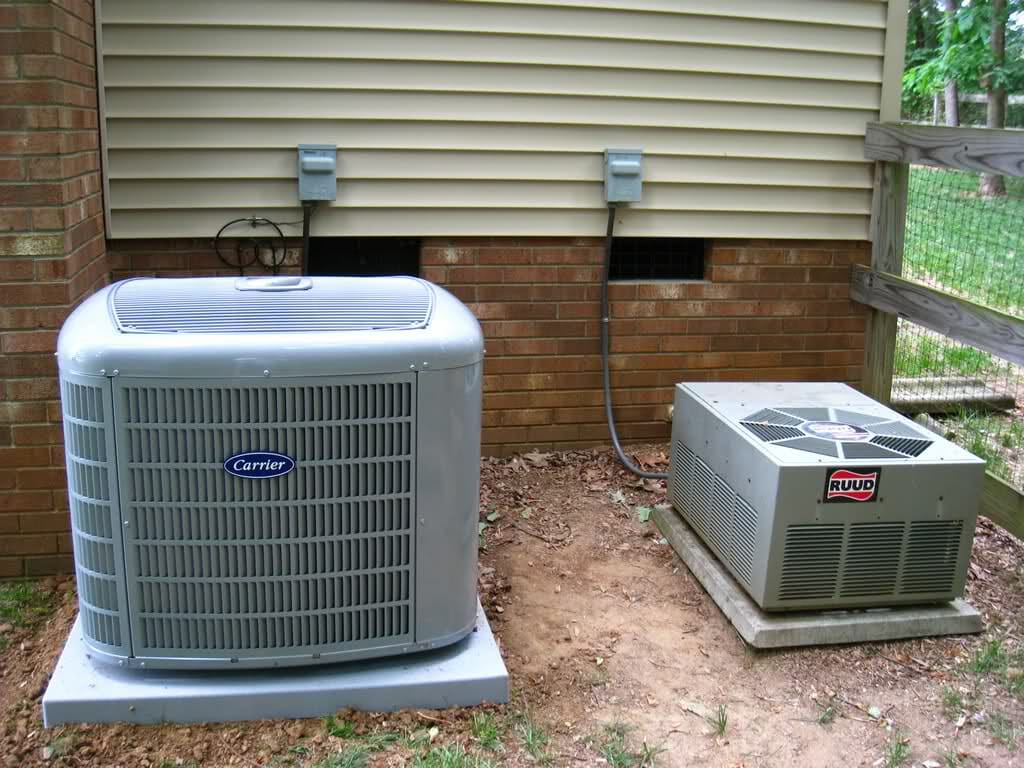A blend of branded and non-branded marketing makes sense for most home improvement contractors. Striking the right balance between the two is essential to achieving maximum impact from your marketing budget. Both marketing approaches have merits and drawbacks, and this article informs home service professionals about the nuances that can help businesses tailor their marketing approach to improve lead quality, conversion rates, and return on investment (ROI).
Branded vs. Non-Branded Marketing
Branded leads, or exclusive leads, are generated through efforts that directly promote a company’s brand. This can include targeted advertising campaigns, branded content, third-party branded marketing efforts, or referrals from satisfied customers. On the other hand, non-branded leads are generated through more generic, industry-related content or platforms without direct brand promotion. This may include online searches for generic terms like “kitchen remodel,” trade-specific leads from third-party marketers (such as Modernize Home Services), and review sites.
Rhonda Tabor, a senior director in account management for Modernize, explains, “With branded marketing and exclusive leads, your value proposition and logo are upfront, and consumers familiar with your brand may actively search for your company’s name online.” By contrast, “Non-branded marketing enables companies to reach consumers who are searching for a particular product or service, and may not be familiar with your brand at the outset.”
Each marketing approach has its own advantages and challenges. Branded leads often enjoy higher trust and recognition from potential customers, leading to potentially higher conversion rates. However, they may also come with higher costs and stiffer competition. Non-branded leads, while typically less costly offer a wider reach and might face lower conversion rates and less brand loyalty among prospects.
Optimizing Branded Marketing Campaigns with Exclusive Leads
To leverage branded marketing dollars effectively, focus on building brand loyalty and targeting messages that resonate with specific demographics. Invest in advertising, content marketing, social media engagement, and referral programs to nurture prospects. You can also collaborate with a third-party marketing partner, like Modernize, to determine ways to feature your brand prominently and support positive reputation management.
“Consumers exploring home service options can locate several top brands and compare homeowner reviews for each,” suggests Tabor. “They can then directly match with a brand of their choice via an exclusive lead process.” Tabor also notes that Modernize also supports home service providers by conducting branded email, search engine marketing (SEM), or social media campaigns that feature a specific brand, in some instances.
Consider providing expert commentary within articles related to your trade, sponsoring an online calculator or tool, or polishing your online reputation by showcasing customer testimonials. These efforts can enhance brand recognition and trust, ultimately driving higher-quality prospects and improving conversion rates. Regularly evaluate the performance of your branded campaigns to identify areas for improvement and refinement.
Successful Non-Branded Third-Party Marketing
Capturing prospects who were previously unfamiliar with your brand can be critically important in expanding market reach and testing new audiences. This can involve optimizing your website for relevant keywords, participating in industry directories, and exploring partnerships with third-party lead generation businesses, such as Modernize.
“An example of non-branded lead generation could be a consumer who is searching for new home windows but isn’t sure which companies service their area or isn’t aware of which brands may be best for their house,” notes Tabor. “The homeowner may land on Modernize.com and read some information about various types of windows, then use a cost calculator to estimate potential costs and ultimately provide their contact information to match with up to four window replacement companies.”
Leveraging non-branded marketing channels enables you to cast a wider net and reach potential customers who may not be actively seeking your services. “Non-branded marketing is an excellent way to connect with homeowners who aren’t familiar with your brand,” asserts Tabor. Collaborate with third-party partners to ensure your services are easily accessible to interested homeowners. Monitor the effectiveness of your non-branded campaigns through metrics like lead volume, lead quality, and conversion rates, and adjust your strategy accordingly.
Iterate for Success and Support Reputation Management
Experiment with different channels and tactics to see what works best for your business. Test different messaging strategies and campaign tactics to identify what resonates most with your target audience. Track and analyze marketing performance metrics such as conversion rates, ROI, and customer acquisition costs to refine your approach over time.
“Typically, exclusive (branded) leads have a higher sales conversion rate than non-branded leads,” observes Tabor. “Consumers conducting branded searches are often ‘high intent’ which can translate to more closed projects for a given volume of purchased leads.”
Conversely, “A possible downside to branded marketing is that consumers who have a negative impression of your brand for any reason may resist considering your company,” cautions Tabor. “That’s a big advantage that non-branded marketing can currently offer. A consumer who matches with your company and a few others today may receive a call from your salesperson who might be able to persuade the homeowner to change their mind about your brand with active reputation management.”
Work closely with your Modernize account manager to ensure a steady flow of high-quality leads by continually optimizing your marketing strategy. “Experiment with both branded and non-branded leads,” advises Tabor. Businesses can improve lead quality, conversion rates, and ultimately, their bottom line by leveraging both marketing campaign types and continuously refining their approach.









